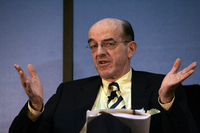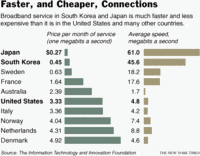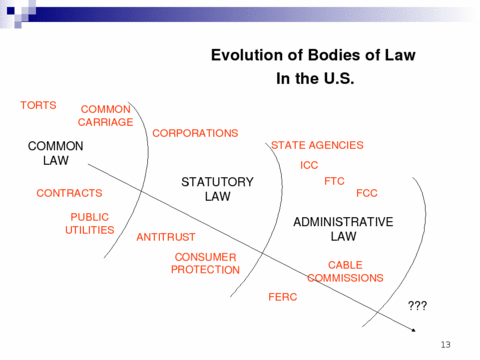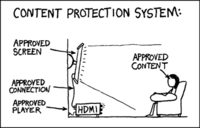 Last year the FCC rushed through approval of the AT&T-Bellsouth merger
at the last minute in December before the new Congress was convened in January.
This year the rush is on
reducing ownership of the majority of media in the U.S. from 50
owners to 5 in the past two decades wasn’t enough already.
Last year the FCC rushed through approval of the AT&T-Bellsouth merger
at the last minute in December before the new Congress was convened in January.
This year the rush is on
reducing ownership of the majority of media in the U.S. from 50
owners to 5 in the past two decades wasn’t enough already.
The Federal Communications Commission is responding to critics’ complaints that the agency isn’t giving them enough time to examine the scientific studies prepared for the agency’s media ownership review.Various groups complained, so the FCC made an extension:The FCC’s Media Bureau today extended the deadline for comment by three weeks, citing the request of Free Press, Consumers Union and the Consumer Federation of America.
Nearing the end of its examination of media ownership rules, the FCC on July 31 released 10 studies of various issues of media consolidation and indicated they could help form the basis of any rule changes. The studies included examinations of the impact of consolidation on news content, opinion, advertising and programming and also looked at minority ownership trends.
FCC Extends Deadline for Comments on Media Ownership Studies, By Ira Teinowitz, TV Week, September 28, 2007
The FCC said comments that were to have been filed by Oct. 1 now may be filed through Oct. 22, with responses now due by Nov. 1.That’s right: three more weeks to study an issue that will affect news, politics, government, and, well, basically everything for the indefinite future. Or, to be more specific, to study studies picked by the FCC.
Some observers are relatively confident of concessions, apparently not taking into account that some previous concessions have already fallen by the wayside: Continue reading








